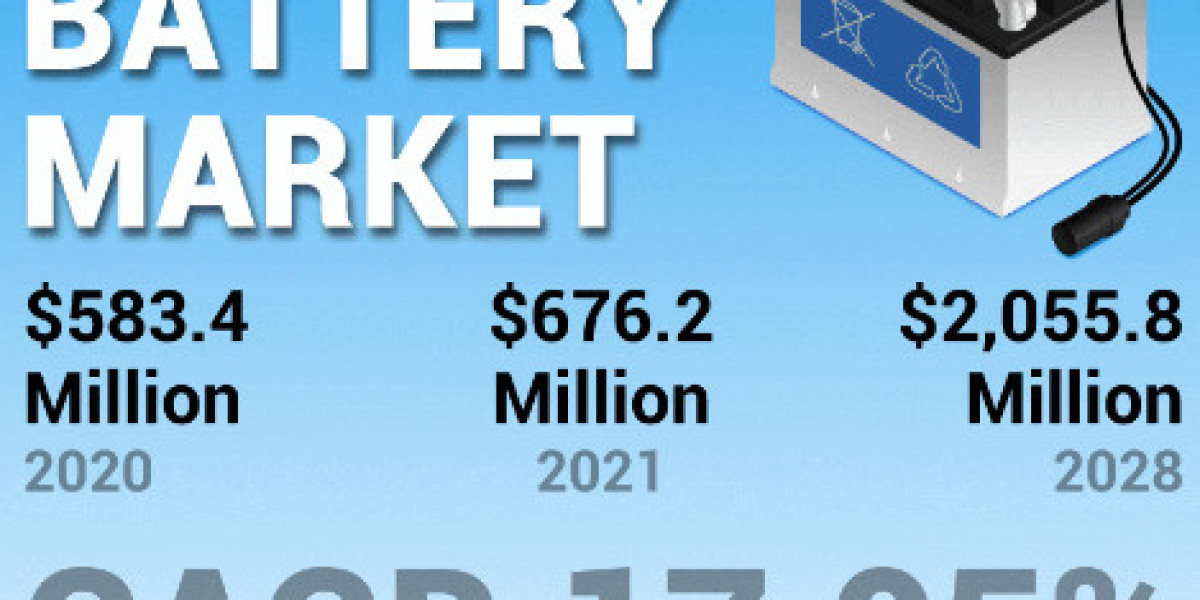According to the latest industry analysis, the global market size for structural health monitoring is estimated to be around US$ 4,478.0 million in 2024. It is projected to exhibit a CAGR growth of 14.0% over the forecast period, with an estimated market size of US$ 16,601.1 million by 2034.
The construction and infrastructural development sector, in the last few years, is witnessing a significant boom, especially post-pandemic. Emerging economies are investing a considerable amount of money in constructing public utilities such as bridges, roads, and flyovers. This has resulted in an exponential expansion of the market for structural health monitoring solutions.
Structural failures such as bridge collapses and weakened flyovers have also led to a massive demand for structural health monitoring solutions. Governments across the world have mandated stringent structural integrity assessments to ensure maximum public safety, which is driving the demand for these solutions. The expansion of smart and self-sufficient cities in countries like India, China, Brazil, and Singapore has also amplified the adoption of structural health monitoring equipment.
Companies involved in the manufacturing of structural health monitoring systems are increasingly integrating artificial intelligence and machine learning algorithms for predicting the mechanical integrity of buildings. Technological advancements, such as the use of drones and unmanned aerial vehicles (UAVs) for regular inspections and surveys, have also fueled the market expansion.
“Continuous innovation is the key in this market. Companies in the structural health monitoring market must come up with new innovations, like the integration of Artificial Intelligence and Machine Learning algorithms to comprehensively assess and analyze structural data in real time,” opines an FMI analyst.
Key Takeaways from the Market Study
- The wired structural health monitoring segment is set to dominate the structural health monitoring market with a share of 62.40% in 2024.
- Based on components, the structural health monitoring software segment is on track to lead the structural health monitoring industry with a share of 38.30% in 2024.
- The structural health monitoring industry in China is anticipated to develop at a CAGR of 14.50% through 2034.
- The structural health monitoring industry in Germany is estimated to rise at a 5.50% CAGR through 2034.
- The structural health monitoring market in the United States has the potential to increase at 10.90% CAGR through 2034.
- The Germany structural health monitoring industry is predicted to rise by 5.50% CAGR through 2034.
- The structural health monitoring industry in Australia and New Zealand is likely to progress at a CAGR of 17.50% through 2034.
Competitive Landscape
The structural health monitoring market includes several leading companies, such as Nova Metrix LLC, Campbell Scientific Inc., COWI, Geocomp Corporation, Acellent Technologies Inc., Sixense, Pure Technologies (Xylem, Inc.), and Digitex.
- These companies specialize in offering a range of services to construction companies, both public and private.
- They also offer consulting and monitoring services to stakeholders in various industries such as civil engineering, construction, transportation, and energy.
- These companies play a crucial role in helping construction companies monitor and assess the safety and health of their buildings and infrastructure.
Recent Developments:
- ABS and Seatrium, in November 2023, achieved structural health monitoring notation for ADMARINE 686, with a digital twin for predictive maintenance.
- IIT Mandi and INRIA developed AI-based structural health monitoring for accurate infrastructure health prediction in September 2023.
- In November 2023, University of Central Florida researchers unveiled four innovations utilizing AI and virtual reality to enhance structural health monitoring. This also included their flagship ‘Virtual Visualization System’.
Read More @https://finance.yahoo.com/news/global-structural-health-monitoring-market-140500217.html







